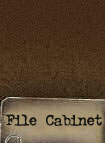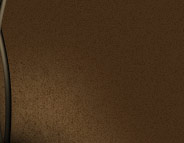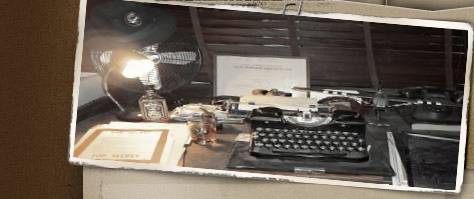|
Wounded in Holland
A few months after the actions in
Normandy, in September of that same
year 1944, Captain Hancock again led
his "C" Company into battle. In
Holland this time. On D-Day of
Operation Market Garden, his
Company, together with other
elements of 1st Battalion of the
502nd, liberated the Dutch town of
Sint-Oedenrode.
Later during the operation, Captain
Hancock took charge of the defense
against a German counter attack on
the Northern edge of town. Along the
road leading from Sint-Oedenrode to
the town of Schijndel, Captain Hancock
was wounded in action.
Our source told us that after the
war, Captain Hancock showed him the
exact location.
The Captain's eyeglasses
Whether Captain Hancock wore his
glasses in combat is unknown but
likely as contact lenses had yet to
be invented in 1944.
These photographs show “C” Company’s
commander:
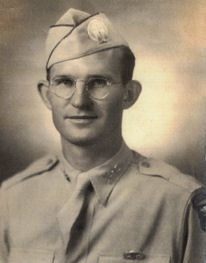 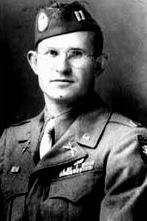 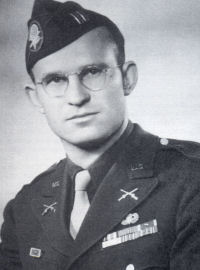
Our source is in the possession of
the glasses in the photographs. We
asked him about how he got them.
Modestly, he answered:
"Actually it is quite a plain
story. Unexpectedly, in March of
2006 I found a parcel in my mail
box... from the son of Fred Hancock
(C/502). He thought that I could do
something with it... It fits on the
M42 jumpsuit of Fred nicely. The son
had found the glasses when he was
clearing his father's house. Of
course, I had been in touch with
Fred for the last 10 years and after
his death I still am in contact with
his sons on a weekly basis.
I am sorry, I can't make the
story any longer...!"
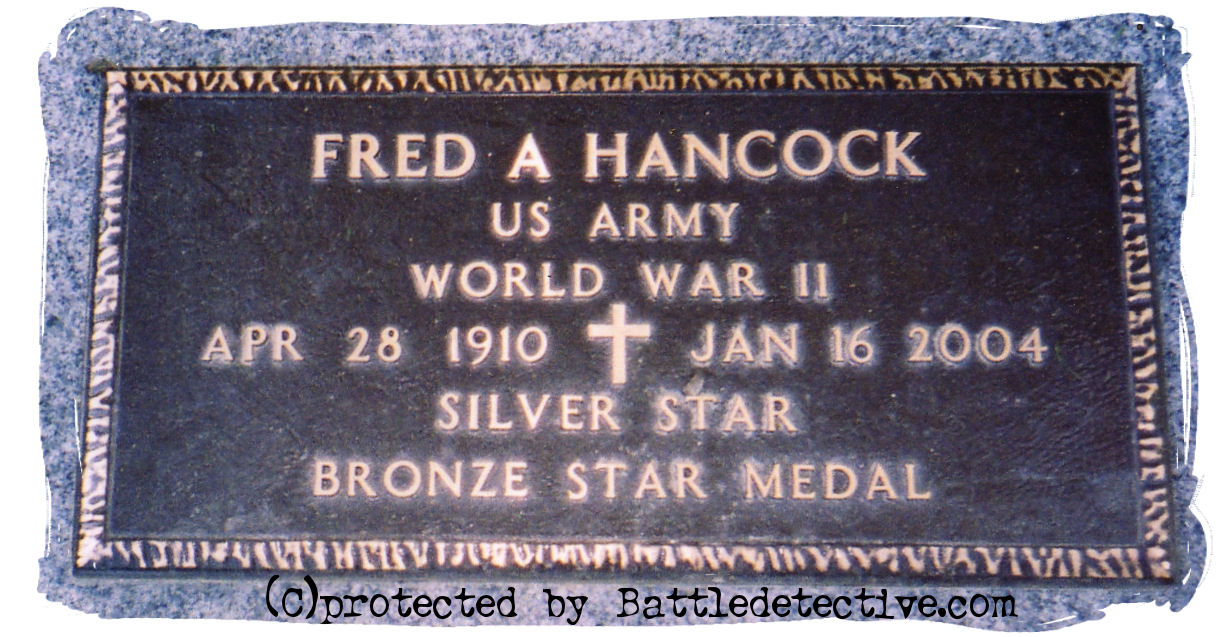 |


